
Polyphony Digital’s Gran Turismo games have been one of PlayStation’s hallmark franchises for a long time now. Gran Turismo’s flavor of simulation racing is loved by legions of fans across the world, and the franchise has continued to evolve alongside gaming and Sony’s systems. In addition to offering great simulation gameplay, Gran Turismo has always managed to push the graphical capabilities of its target systems to the very limit time and time again.
After a long and arduous wait, Gran Turismo 7 is finally here. And what an impressive game it is. Polyphony Digital has once again outdone itself in the visual department. From the pristine reflections to the immaculately detailed vehicles to the bevy of carefully curated tracks, there’s no shortage of impressive tech wizardry running under the hood. Gran Turismo 7 is also the first entry in the series to feature a cross-generation release, and as such – Polyphony Digital has done a ton of work on its engine to provide an experience that’s scalable and plays well to the respective systems.
On that note, we present our comprehensive technical analysis of Gran Turismo 7.
Improvements Over GT Sport – What’s New?
Polyphony Digital’s GT Sport still stands tall as one of the most visually impressive racers on the market, although it isn’t without noticeable flaws. In an effort to provide a 60fps experience, Polyphony Digital had to make some visual sacrifices and work with many design constraints. For instance, GT Sport doesn’t feature a dynamic time of day. Multiple times of day can be selected beforehand from the menus, but the position of the sun doesn’t change while racing. This is because GT Sport relies on pre-computed shadow map data for its tracks, which allows for high-resolution shadows to be displayed without requiring much compute power. That said, shadows cast from environmental objects such as trees are rendered in real-time which does add an element of dynamic behavior to the whole affair.
Similarly, understandable compromises were made in the reflections department which used some low-resolution cube mapping implementations. All cars on the track relied on the same cube map for reflections, which can cause some rather odd visual glitches. Again, these aren’t objectively bad by any means – but do leave a bit to be desired. The surrounding foliage and crowd polycounts were still pretty primitive, which can be off-putting if you zoom in on the details.
With Gran Turismo 7, Polyphony Digital seems to be building upon this mostly strong rendering pipeline with even sharper reflections, immaculately detailed vehicles, a dynamic day and night weather cycle, and a more sophisticated physics system governing all the simulation aspects of the experience. Ray-tracing is present in the game’s PS5 version, although it is limited only to replays and demo views of the vehicles, much like how is the case with last year’s Forza Horizon 5.
This is all on top of an impressive use of PS5’s Tempest audio engine and haptic feedback system. Once again, Gran Turismo 7 is aiming to provide this impressive visual presentation at a silky smooth 60fps. Also, the game seems to be utilizing TAA anti-aliasing which is usually accompanied by an overall mushy look, but the fact that the game is being rendered at native resolution helps combat that issue by a significant margin. There’s also a new implementation of motion-blur, which is now per-pixel as opposed to the per-object implementation seen in GT Sport.
Game Engine Details – Car Models, Reflections, Textures
As mentioned previously, a lot of iterative upgrades seem to have been to Polyphony’s in-house engine for Gran Turismo 7. The developer has always excelled in micro-level details, carefully recreating hundreds of vehicles from all car cultures around the world. The case remains the same with Gran Turismo 7, which features over 420 cars just at launch – which is a big step-up from GT Sport which featured only 168 cars when it launched in 2017.
Each car model is painstakingly created with a ton of geometric textures and physically-based materials. Polycounts for car surfaces are ridiculously high, and each component is built to perfect scale. Everything from the individual braking mechanisms inside the tires to the physically-based cloth interiors to the geometrically detailed car doors is all rendered with stunning attention to detail. That said, it seems to mostly be the same implementation as GT Sport – not that there’s anything inherently wrong with that.
This highly geometrical and physically-based rendering of the cars truly shines in the game’s replays and other demo modes where ray-tracing is in full swing. Much like GT Sport before it, gearheads can spend hours and hours endlessly gawking at every single little detail of these vehicles and never really get tired of it. The glossy car paint reflects the surrounding environments as well as the car body itself in pristine detail – giving all the cars a really royal look as a result. The self-occlusion of the many car parts also helps in giving yet another layer of realism to the overall look, and so do the generous amount of light sources in the surrounding environment.
Now let’s talk about the lighting. As mentioned previously, GT Sport employs pre-calculated global illumination data to cast shadows on the game world while select objects such as the surrounding foliage use real-time shadows to make the environments look a bit more dynamic. With Gran Turismo 7 however, Polyphony Digital is going for a fully dynamic day-and-night weather cycle which is a big step-up. The clouds and sky will all shift as the race continues, and this will affect the lighting on the tracks and cars accordingly. So, it’s no surprise that the game’s PS5 version features real-time shadows for the tracks and the surrounding environment, and it all looks really high-resolution with little to no shimmering artifacts. Another neat little detail in this regard is that how the sun, clouds, and even the night sky stars change positions over the duration of races is specific to each track’s geographic location.
The foliage looks to be of markedly better quality than before, employing higher and denser resolution assets than before. The trees cast their own shadows with respect to the position of the sun and light can pass through the gaps in the trees as well. The crowd has also received a bump in pixel counts from its predecessor as one would expect.
Gran Turismo 7 also puts a lot of focus on the weather effects – which are simulated using high fidelity alpha particles. Bristles of dust and drops of water all seem to react accordingly to the environmental lighting – seating players further into the simulation experience. This simulation also extends to the long-term effects of these weather conditions such as specific parts of the track drying up first while puddles holding water for longer periods of time. It’s a neat little detail, although we are assuming its pre-calculated data per track which saves on precious CPU and GPU resources.
For fun, we compared the rain effects of DriveClub to those found in Gran Turismo 7. Much to our surprise, DriveClub still takes the lead here but the way rain impacts gameplay in GT7 is way beyond any racing game so far. Still, it’s an intriguing case. DriveClub’s weather effects still stands out almost 8 years later but I guess this is a topic for another day.
When it comes to reflections, Gran Turismo 7 seems to be building yet again on what came before. Much like GT Sport before, a static cube-map of the surroundings seems to have been plastered on the car body at lower resolutions. Some car components don’t seem to reflect on the car body in a proper way. For instance, a sleek sports car wouldn’t reflect its tires on the sides of the car body. Similarly, some other sports cars don’t seem to reflect their spoilers properly. On the other hand, however, some of the vintage cars do have proper reflections for the rearview mirrors on their glossy car sides. What’s here is certainly fantastic, although omissions such as these are noticeable considering that Polyphony is working with 10 TFLOPs of GPU power this time around.
Now, let’s also talk about ray-tracing. It’s limited to non-racing sequences such as the GT Café, the Scape views, and race replays – but it instantly makes a difference. Resolution of reflections immediately takes a bump, and they are markedly more accurate than before. Car components reflect themselves properly, and shadows are also cast with a lot more precision than before. These might seem like subtle differences, but they quickly add up to create an almost photorealistic look that’s an absolute treat for the eyes.
Physics
While jaw-dropping visuals have been at the forefront of Gran Turismo games since its beginnings, Polyphony has equally paid a ton of attention and care to the simulation aspect of the game as well. A sophisticated physics system comprising a ton of variables including the likes of engine strength, torque, understeer, and what have you determine the overall speed and stability of the vehicle. Much like previous entries, players are free to change these variables to optimize performance. Gran Turismo 7 features approximately 60 performance parts per car, which should be more than enough for even the most veteran of tinkerers. As you’d expect, everything from a tire change to a tuning reconfiguration to track conditions will affect the performance of a car. For instance, if it rains – your car is likely to slip off-track should you not maintain balance at all times. In a similar vein, you might need to make some car configuration changes for when you are racing in a Derby course. It’s a really superb simulation system that’s a worthy successor to the Gran Turismo franchise.
Damage hasn’t been a strong suit of GT for the longest of times, and that hasn’t unfortunately changed with Gran Turismo 7 as well. Much like GT Sport before it, damage is only limited to static scratches on the glasses and the sides of a car. There’s no impact on the performance, and there’s no variable damage depending on where you hit and how fast you were when you hit. It’s essentially a static texture that’s mapped onto the car body. If you crash into the many tire stacks on the sides of a track, they seem to be their own physics objects – which is the same implementation of the system from GT Sport.
While it’s true that GT7 doesn’t have solid destruction mechanics like that of Burnout or F1 – but that might just boil down to the fact that car companies who license their designs to Polyphony wouldn’t want their magnum opuses to be seen in a dilapidated state in a video game. Or maybe Polyphony doesn’t just have the time or CPU overhead needed to implement a sophisticated destruction mechanic. Of course, these are just fan speculations and we have no way of knowing for sure why that’s the case. It’s still a bummer, though.
Sounds and Feedback
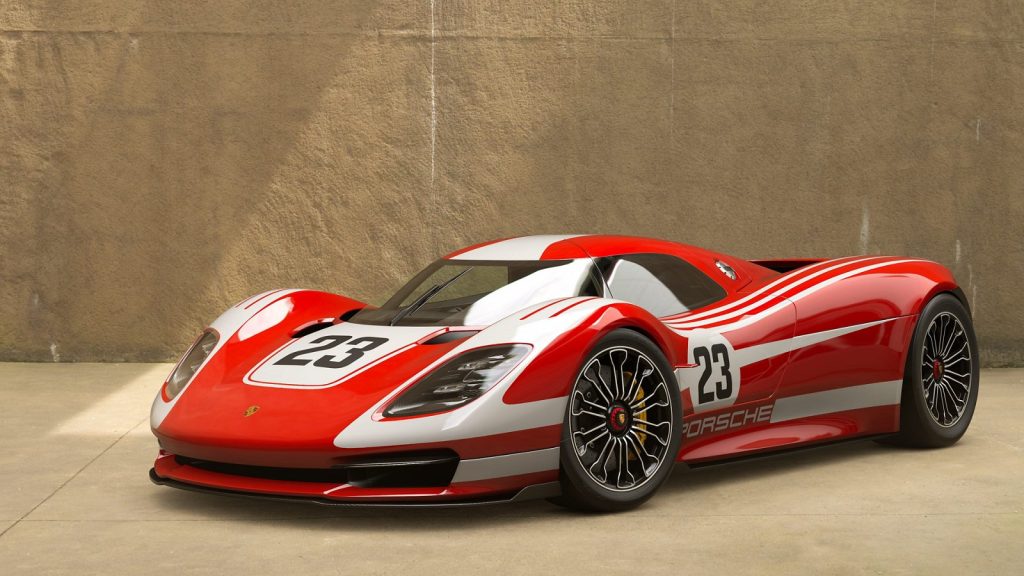
Gran Turismo 7 might not have the edge in terms of destruction, but it certainly makes a ton of right moves in the sound department. Polyphony’s latest might just have the best implementation of Sony’s 3D Audio tech, and as a result – GT7 sounds absolutely breathtaking. There are a ton of independent sound sources emitting vibrations at any given time, and while there are no ray-traced sound reflections as we know – the end result is pretty realistic nevertheless. And we’d be remiss if we didn’t mention the Music Rally mode, which is a time trial set against the sounds of popular music tracks, and players have to make their way to the end of a race before beats in the track run out.
Much like sounds, Gran Turismo 7 also puts a ton of detail in haptic feedback via the DualSense controller. Polyphony has created a whole host of different vibrations that all serve to simulate a close approximation of driving a sports car. As you apply the brakes, you will feel the tires slipping. You will also feel subtle differences in feedback depending on the surfaces you are racing on, and in a similar vein, you will feel the resonance emitted from the car body itself. It’s an ambitious feedback pipeline, which serves to accentuate the playing experience to a higher degree than before.
PS5 Graphical Modes and Comparison With PS4 Pro
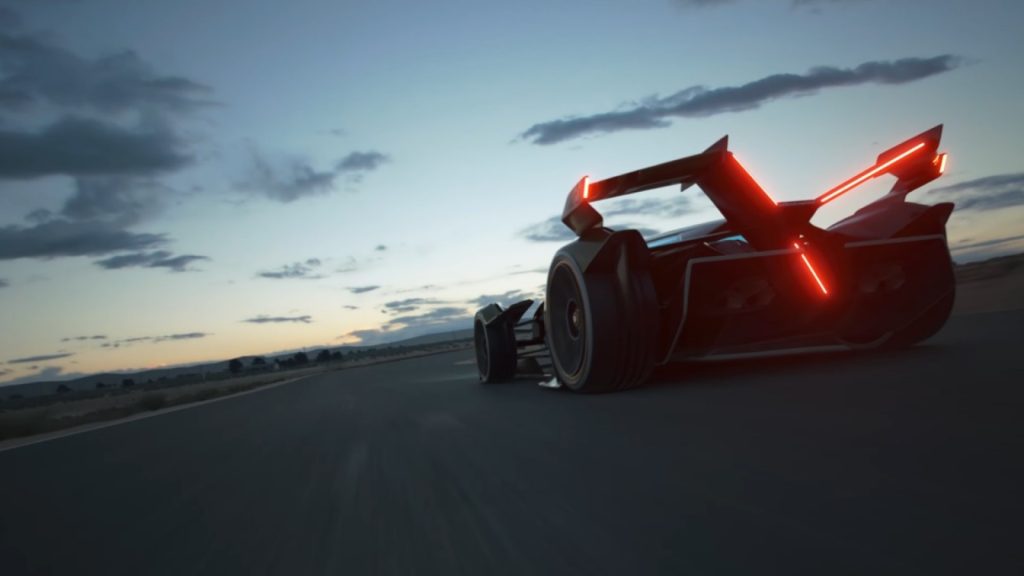
Unsurprisingly, Polyphony Digital has once again gone with multiple graphics modes on the PS5, a Prioritize Frame Rate Mode and a Prioritize Ray Tracing Mode. Both modes seem to target a native 4K resolution of 3840×2160, with a frame-cap of 60 fps. In our experience, the only noticeable difference between the two modes is that Ray Tracing mode only enables the effect during replays, garage, scapes and some other places. Both the modes feature pristine image quality, that’s then passed through a TAA anti-aliasing solution to soften out any jagged edges. It’s clear that Polyphony Digital wants to focus on delivering a consistent framerate, and Gran Turismo 7 checks out in this regard.
The frame-rate sticks very closely to its target, rarely if ever dropping any frames. That said, it’s a shame there’s no 120fps mode, which should be possible given how powerful the PS5’s CPU is when compared against the PS4. Series producer Kazunori Yamauchi has clarified that there are no plans of adding 120 Hz support in the foreseeable future.
The PS4 Pro version, on the other hand, seems to be running at a resolution of 1800p. The frame-rate target is still 60fps, which speaks volumes about Polyphony’s vision for Gran Turismo 7 and its knowledge of Sony’s last-gen system. Other noticeable differences come in the form of reduced lighting effects, shadow quality and reflections.
Load times on the PS5 version are almost instantaneous, thanks to its ultra-fast SSD. The PS4 Pro version, on the other hand, takes several seconds to get into a race.
Conclusion
Gran Turismo 7 is, unsurprisingly, a looker in every regard. From the immaculately detailed car bodies that are a sight to behold to the impressive sky rendering to the complex simulation to the robust feedback pipeline, there’s no shortage of impressive tech in Polyphony’s latest title. It’s a worthy sequel to this prestigious IP, and it will be only be growing stronger from here on out via updates.








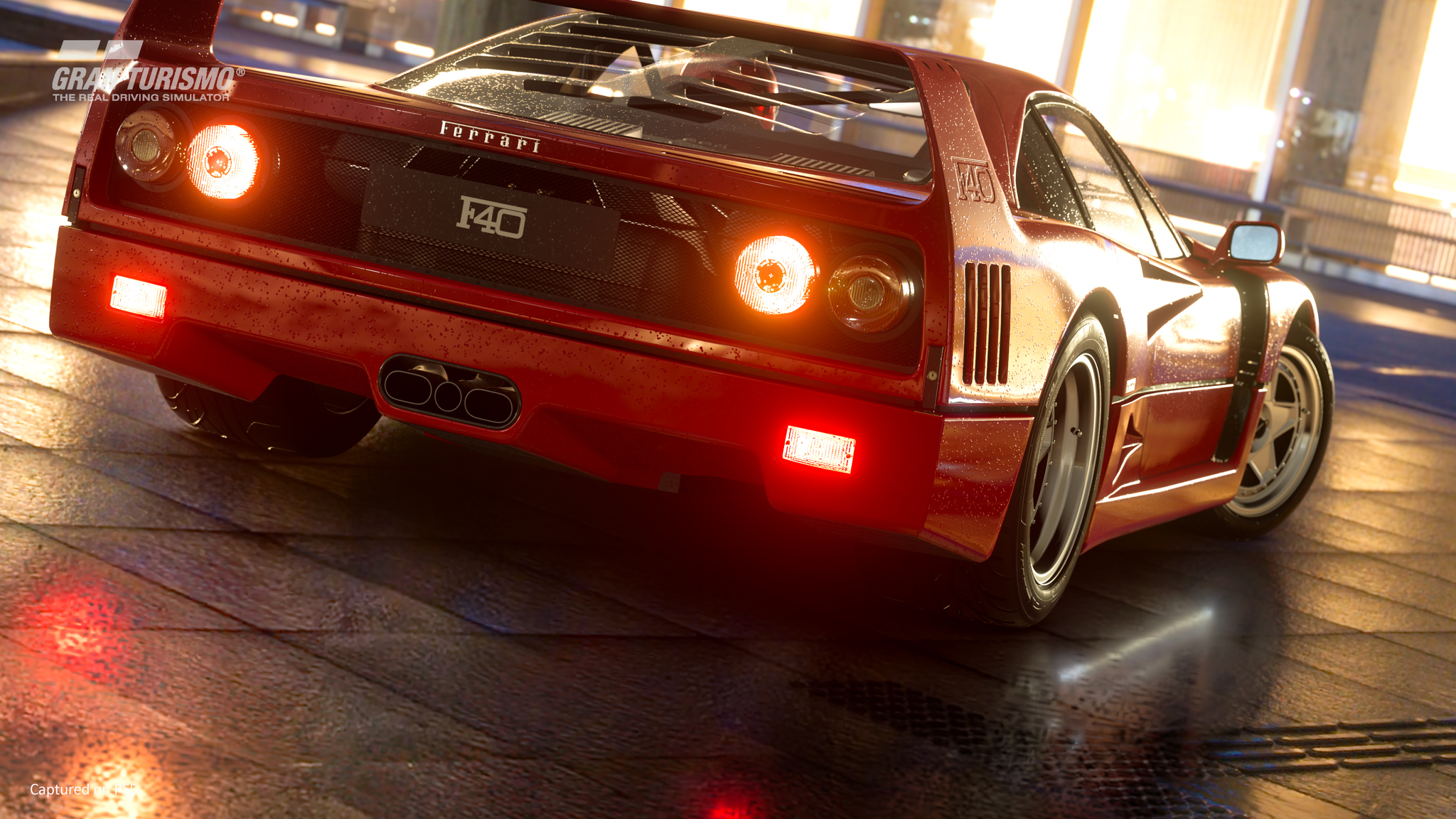
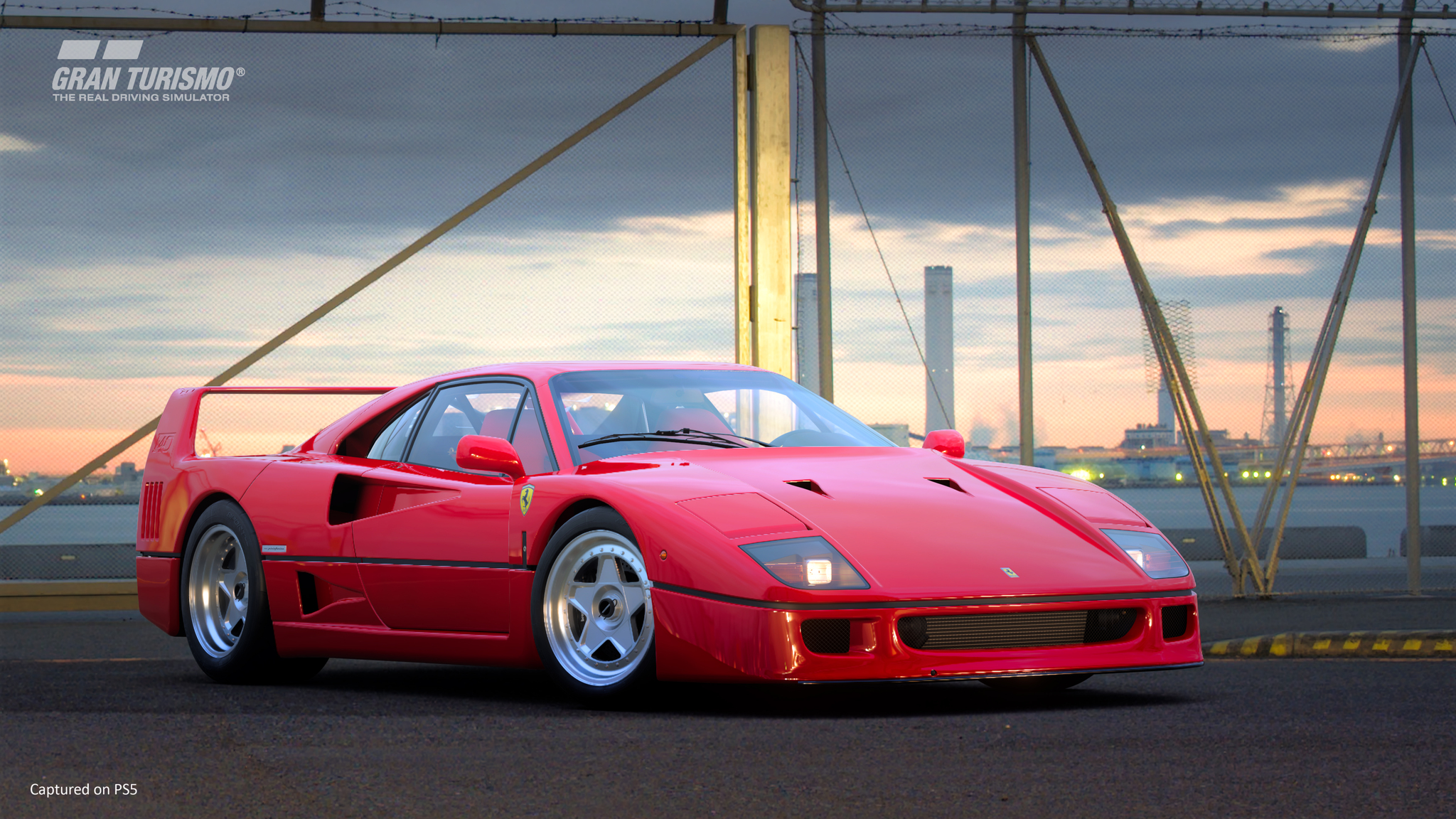






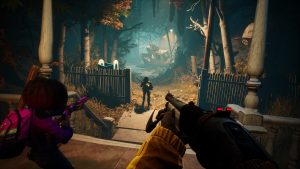


Share Your Thoughts Below (Always follow our comments policy!)